Your opportunity to enter and spread in global markets
Discovery MoreFlexo Inks – High-Performance Printing Solutions for Bold, Clean, and Reliable Results
Flexo Inks – Precision Meets Performance in Modern Printing
Flexo Inks are the backbone of high-speed, high-quality printing solutions used across packaging, labeling, and flexible film industries. Specially formulated to meet the evolving needs of modern printing presses, Flexo Inks deliver exceptional adhesion, vivid color strength, and superior print clarity on a wide range of substrates including paper, plastic, foil, and film.
These inks are developed using advanced resin and pigment technologies that ensure fast drying, excellent rub resistance, and consistent performance at every stage of the print run. Whether you are producing food-grade packaging, industrial labels, or retail wraps, Flexo Inks provide a reliable solution that guarantees both visual appeal and operational efficiency.
One of the defining characteristics of Flexo Inks is their versatility. They are compatible with both water-based and solvent-based printing systems, giving printers flexibility based on the job’s requirements, environmental regulations, or substrate specifications.
Flexo Inks are available in a broad spectrum of colors, including Pantone-matched custom shades, metallic finishes, and UV-curable options. These customizable features ensure brand consistency and aesthetic excellence for clients in fast-moving consumer goods (FMCG), pharmaceuticals, and logistics sectors.
Thanks to their low viscosity and excellent flow properties, Flexo Inks reduce downtime, enhance press stability, and minimize plate wear. This results in smoother production, lower operational costs, and fewer reprints—key benefits for large-scale and short-run jobs alike.
Environmental responsibility is also built into the formulation of our Flexo Inks. Many options are compliant with industry standards such as REACH, RoHS, and ISO certifications. Our eco-conscious Flexo Inks ensure minimal VOC emissions and reduced waste without compromising on print quality.
Used by top packaging converters and label manufacturers worldwide, Flexo Inks are engineered for precision in high-speed flexographic printing environments. Whether you’re printing fine text, barcodes, or vibrant graphics, Flexo Inks give you the edge in color consistency and pressroom productivity.
To ensure maximum shelf life and optimal performance, Flexo Inks are packaged in secure, easy-to-handle containers with tamper-proof seals and clear labeling.
In summary, Flexo Inks are more than just colors—they are high-performance tools designed to elevate your print projects with durability, brilliance, and speed.
Choose Flexo Inks for:
-
Outstanding print clarity and adhesion
-
Fast drying and high-speed press compatibility
-
Wide substrate versatility
-
Eco-conscious and regulatory-compliant formulas
-
Superior color matching and custom solutions
Flexo Inks – Print Bold. Print Clean. Print Smart.
Multy Color
Description
Flexo Inks
Introduction to Flexo Inks
Flexo Inks, also known as flexographic inks, are an essential component in the modern printing industry. These inks are specifically engineered to work with flexographic printing presses, which utilize flexible relief plates to print on a wide variety of substrates. Flexo Inks are widely used in the packaging industry, especially for printing on non-porous materials such as plastics, metallic films, cellophane, and paper. The adaptability, speed, and efficiency of flexographic printing have made Flexo Inks a preferred choice for high-volume printing applications.
Historical Evolution of Flexo Inks
The history of Flexo Inks dates back to the early 20th century. Originally, aniline dye-based inks were used, which raised concerns regarding toxicity, especially in food packaging. Over the years, technological advancements led to the development of safer, more efficient formulations, such as water-based, solvent-based, and UV-curable Flexo Inks. These improvements have not only enhanced print quality but also increased environmental compliance and user safety.
Composition and Types of Flexo Inks
Flexo Inks are typically composed of four main components: pigments, resins (or binders), solvents or carriers, and additives. The choice of each component depends on the specific application and substrate.
- Water-Based Flexo Inks: Ideal for printing on paper and paperboard, these inks use water as the primary solvent. They are environmentally friendly and widely used in food packaging.
- Solvent-Based Flexo Inks: Used for printing on plastic films and other non-absorbent surfaces. They offer excellent adhesion and fast drying times.
- UV-Curable Flexo Inks: These inks cure instantly under ultraviolet light, providing exceptional print quality and durability. They are particularly useful for high-resolution printing on various substrates.
- EB-Curable Flexo Inks: Less common but increasingly popular, electron beam-curable inks offer similar benefits to UV-curable inks without the need for photoinitiators.
Key Features and Benefits of Flexo Inks
Flexo Inks are designed to meet the rigorous demands of industrial printing. Key features include:
- High-Speed Printing Compatibility: Suitable for high-speed flexographic presses, reducing downtime and increasing productivity.
- Quick Drying: Whether water-based or solvent-based, Flexo Inks are formulated to dry rapidly, improving print efficiency.
- Low Viscosity: Ensures smooth flow and uniform application across substrates.
- Versatile Substrate Compatibility: Works on a variety of materials including plastic, foil, film, and paper.
- Vibrant Color Output: High pigment concentration delivers rich, vivid colors and excellent opacity.
- Environmental Compliance: Many Flexo Inks meet strict environmental standards such as REACH, RoHS, and FDA regulations for food contact.
Applications of Flexo Inks
Flexo Inks are used in a broad range of industries, including:
- Food Packaging: Labels, cartons, and wrappers printed with non-toxic, low-migration Flexo Inks.
- Pharmaceutical Packaging: High-definition printing for tamper-evident seals and labels.
- Beverage and Bottle Labels: Waterproof and abrasion-resistant Flexo Inks ensure long-lasting clarity.
- Retail and Consumer Goods: Eye-catching packaging that enhances shelf appeal.
- Corrugated Boxes: Durable inks that maintain print integrity during shipping and handling.
Printing Process with Flexo Inks
The flexographic printing process involves several key steps:
- Plate Preparation: A flexible relief plate is created based on the desired image.
- Ink Transfer: Flexo Ink is transferred from an anilox roller to the printing plate.
- Printing: The plate presses against the substrate, transferring the ink.
- Drying or Curing: Depending on the ink type, the print is either dried or cured using heat or UV light.
This process is highly efficient and can be used for both short and long print runs, making Flexo Inks ideal for diverse production needs.
Environmental Impact and Sustainability of Flexo Inks
Modern Flexo Inks are developed with sustainability in mind. Water-based Flexo Inks significantly reduce VOC emissions, while UV-curable and EB-curable inks eliminate the need for solvents altogether. Manufacturers are increasingly adopting eco-friendly practices, including the use of biodegradable raw materials, recyclable packaging, and energy-efficient production methods.
Quality Control and Standards in Flexo Ink Manufacturing
Manufacturers of Flexo Inks adhere to stringent quality control measures. Each batch is tested for:
- Viscosity and Flow
- Color Consistency
- Adhesion and Durability
- Resistance to Chemicals and Moisture
Certifications such as ISO 9001 and GMP (Good Manufacturing Practice) ensure consistent performance and safety across all applications.
Recent Innovations in Flexo Inks
The Flexo Ink industry continues to evolve with innovations such as:
- Low Migration Inks: Designed for food packaging, minimizing the risk of ink components transferring to food.
- High-Definition Flexo (HD Flexo): Inks optimized for ultra-fine printing resolution.
- LED-UV Flexo Inks: Cure under LED light, reducing energy consumption.
- Digital Hybrid Flexo Inks: Combine digital and flexographic printing for customized applications.
Conclusion
Flexo Inks represent a critical technology in the packaging and printing industry. Their adaptability, print quality, and eco-friendliness make them a top choice for businesses aiming to deliver high-impact visuals with efficient production. With ongoing innovations, Flexo Inks continue to set new benchmarks in printing performance, sustainability, and application versatility.
Flexo Inks – Print the Future with Precision and Purpose.
The Chemistry and Composition Behind Flexo Inks
Flexo inks are carefully engineered formulations that balance viscosity, drying time, and adhesion to various substrates. Unlike traditional inks used in offset or gravure printing, flexo inks must perform exceptionally on a wide range of flexible packaging materials such as plastic films, aluminum foils, paper, and laminated structures. The chemistry of flexo inks varies depending on the printing application and environmental regulations, but they generally fall into the following categories:
1. Solvent-Based Flexo Inks
These inks are widely used for printing on non-porous substrates such as polyethylene and polypropylene films. Their composition includes:
- Pigments: Provide color and opacity
- Solvents: Act as carriers and evaporate quickly after printing
- Resins/Binders: Bind pigments to the substrate
- Additives: Improve flow, adhesion, and resistance properties
Solvent-based flexo inks offer excellent printability and fast drying but must be used with proper ventilation systems due to volatile organic compounds (VOCs).
2. Water-Based Flexo Inks
Primarily used in printing on paper, board, and corrugated packaging. These are considered environmentally friendly alternatives and include:
- Water as the primary solvent
- Pigments
- Acrylic or polyurethane binders
- Co-solvents and additives
Water-based flexo inks reduce VOC emissions and are often chosen for food-safe and sustainable packaging solutions.
3. UV-Curable Flexo Inks
Used when instant curing and resistance properties are required. These inks are cured using ultraviolet light and include:
- Photoinitiators
- Oligomers and monomers
- Pigments
- Additives for flow and adhesion
UV flexo inks provide excellent durability, scratch resistance, and gloss on labels and shrink sleeves.
Key Performance Characteristics of Flexo Inks
Flexo inks must meet strict quality and operational benchmarks to be suitable for high-speed, high-precision printing. The most important performance attributes include:
- Viscosity and Flow Behavior: Must be optimized for consistent ink transfer through the anilox roller
- Color Strength and Density: High pigment loading ensures vivid, long-lasting colors
- Drying Speed: Depends on ink type; critical for avoiding smudging on fast-running presses
- Adhesion: Must adhere well to diverse substrates without cracking or peeling
- Rub and Chemical Resistance: Important for product integrity, especially in food, cosmetics, and industrial packaging
- Lightfastness: Prevents fading from UV exposure during shipping or shelf display
Flexo Ink Compatibility with Substrates
One of the reasons flexo inks are so widely used is their adaptability to various materials. Each substrate has its own interaction properties, making ink formulation a highly specialized task. Common substrate types and their compatible flexo ink systems include:
- Corrugated Board: Water-based inks
- Film (PE, PP, PET): Solvent-based or UV flexo inks
- Aluminum Foil: Solvent-based flexo inks for high adhesion
- Paper (coated/uncoated): Water-based flexo inks for fast drying
- Shrink Films: UV flexo inks for elasticity and resistance
Flexo Ink Formulation Innovation
Modern advancements in flexo ink technology have led to developments that enhance performance and reduce environmental impact:
- Low-VOC Solvent Systems: Lower emissions while maintaining performance
- Bio-Based Resins and Pigments: Improve sustainability profiles
- Nano-pigments: Improve color strength and reduce ink consumption
- Functional Inks: Include barrier properties or anti-microbial coatings
These innovations are increasingly vital as regulatory pressures mount and consumer demands shift toward greener packaging.
Flexographic Ink Manufacturing – Processes, Technology, and Quality Control
The production of Flexographic Inks is a sophisticated process that requires a delicate balance between chemical formulation, environmental standards, and precision engineering. Every batch must meet rigorous quality expectations to ensure performance, consistency, and safety. From raw material sourcing to final packaging, the journey of creating high-quality Flexographic Inks is rooted in science, technology, and compliance.
1. Raw Material Selection and Sourcing
The journey begins with the careful selection of raw materials. Key ingredients in Flexographic Inks include:
-
Resins: These form the backbone of the ink, influencing adhesion, gloss, and durability.
-
Solvents or Carriers: Depending on the ink type (water-based, solvent-based, or UV-curable), these materials control viscosity and drying speed.
-
Pigments: High-performance organic or inorganic pigments provide vibrant, fade-resistant colors.
-
Additives: Wetting agents, defoamers, and dispersants are added to improve printability, stability, and flow.
Quality sourcing ensures that each ingredient meets industry standards for safety, environmental impact, and performance.
2. Dispersion and Mixing Technology
Once ingredients are weighed and matched to formulation specifications, they are introduced into high-speed mixers or dispersers:
-
Pre-mixing Stage: Pigments are initially blended with resins and solvents to form a homogeneous pre-mix.
-
Milling Stage: This stage uses bead mills or high-shear mixers to break pigment particles down to optimal micron sizes (often <1 micron), ensuring smooth, clog-free printing.
-
Let-Down Stage: Final adjustments are made by adding diluents, performance additives, or viscosity modifiers.
Advanced dispersion systems are crucial for producing Flexographic Inks that offer uniform color strength, optimal viscosity, and stable shelf life.
3. Filtration and Quality Assurance
Post-mixing, the ink passes through multi-stage filtration to eliminate contaminants or undispersed particles. This guarantees a clean, debris-free ink that won’t block anilox rollers or printheads.
At this point, strict quality control measures are applied:
-
Viscosity Testing: Ensures the ink flows properly through flexo systems.
-
pH and Conductivity (for water-based inks): Maintains consistency throughout the print run.
-
Color Strength and Delta E: Measured using spectrophotometers to confirm color accuracy across batches.
-
Rub Resistance & Adhesion Tests: Ensures printed materials withstand wear, friction, and transport conditions.
-
Drying Time Evaluation: Determines if the ink will dry at the appropriate rate on the target substrate.
Only inks that meet all criteria are approved for packaging and shipment.
4. Packaging and Labeling
Approved batches of Flexographic Inks are filled into UV-resistant, leak-proof containers ranging from 1-liter cartridges to 200-liter drums, depending on customer requirements.
Each container is labeled with:
-
Batch number
-
Manufacturing date and expiry
-
Safety data
-
Color code and type of flexographic ink (e.g., Water-based Cyan, Solvent Magenta, UV Gloss Black)
Proper labeling ensures full traceability and regulatory compliance.
5. Sustainability in Manufacturing
Modern ink manufacturing facilities increasingly incorporate eco-conscious practices such as:
-
Solvent Recovery Systems: Reducing emissions and reuse of solvents in closed-loop systems.
-
Energy-Efficient Equipment: Utilizing low-energy dispersers and mixers.
-
Water Treatment Units: Treating effluent water before discharge.
-
Recyclable Packaging: To reduce environmental footprint.
Manufacturers of Flexographic Inks are expected to align with global sustainability standards such as ISO 14001, REACH, and GHS regulations.
6. Custom Formulations and Innovation
Flexo printing spans a wide range of industries—from food packaging and labels to corrugated cartons and flexible films. To meet this diversity, ink manufacturers offer:
-
Custom Formulations: Tailored for specific substrates (e.g., polyethylene, foil, kraft paper) or machinery settings.
-
Ink Matching Services: Precision color matching for brand consistency.
-
Technical Support: On-site ink optimization and troubleshooting.
The flexibility to innovate and customize makes Flexographic Inks essential for companies seeking competitive and creative advantages in print production.
7. Batch Tracking and Documentation
Every batch of Flexographic Inks is documented in a centralized system:
-
Material Safety Data Sheets (MSDS)
-
Certificates of Analysis (COA)
-
Production Logs
-
Testing Reports
This transparency enhances quality assurance, ensures regulatory readiness, and provides clients with peace of mind.
Industrial Applications of Flexographic Inks – Versatility Across Packaging and Print Sectors
Flexographic Inks have revolutionized the global packaging and print industries due to their adaptability, efficiency, and print quality across diverse substrates. Their fast-drying nature, compatibility with a variety of materials, and ability to operate at high press speeds make them the go-to solution for high-volume printing.
Below are key sectors and use cases where Flexographic Inks are indispensable:
1. Food Packaging
One of the most prominent and tightly regulated industries that rely heavily on Flexographic Inks is the food packaging sector.
-
Key Substrates: Polyethylene (PE), polypropylene (PP), PET films, foil, kraft paper.
-
Ink Requirements: Low-odor, low-migration, non-toxic inks that comply with FDA and EU food-contact regulations.
-
Benefits:
-
Fast drying on flexible substrates
-
Excellent adhesion even on untreated films
-
Maintains color integrity during lamination and storage
-
Typical applications include:
-
Snack bags and wrappers
-
Frozen food pouches
-
Bread bags and sandwich wraps
-
Flexible stand-up pouches
2. Beverage and Bottle Labels
Flexographic Inks offer vibrant color reproduction and excellent adhesion on label stocks such as:
-
Paper-based labels (wet-strength and thermal paper)
-
Clear or metallic film labels
-
Pressure-sensitive label materials
Applications:
-
Water and soft drink bottles
-
Wine and beer labels
-
Juice cartons and multipack wraps
Inks in this category often incorporate gloss or matte finishes, UV resistance, and smudge-proof properties.
3. Corrugated Boxes and Cartons
Corrugated packaging remains essential in logistics and e-commerce. Flexographic Inks here must provide:
-
High contrast for barcode and tracking
-
Print sharpness on absorbent kraft paper
-
Resistance to scuffing during shipment
Advantages:
-
Water-based Flexographic Inks minimize odor and VOC emissions
-
Ideal for one-pass high-speed printing on shipping boxes
Sectors:
-
Electronics packaging
-
Online retail cartons
-
Industrial and appliance packaging
4. Tissue and Towel Products
Napkins, kitchen towels, toilet paper, and facial tissues often feature printed logos or decorative patterns using Flexographic Inks.
Requirements:
-
Non-toxic, skin-safe inks
-
Good print definition on soft, absorbent substrates
-
No transfer or bleeding in contact with moisture
Such applications benefit from low-viscosity water-based inks that maintain performance on porous and thin materials.
5. Pharmaceutical and Healthcare Packaging
The medical sector demands precision and safety. Flexographic Inks must ensure:
-
Sharp, legible text (e.g., dosage info, batch codes)
-
Compliance with safety standards (REACH, GHS)
-
Inertness—no interaction with drug contents
Use cases:
-
Blister packaging foils
-
Sachets and strip packs
-
Medical device cartons and leaflets
6. Retail and Promotional Packaging
Brands use Flexographic Inks to stand out on shelves via:
-
High-color vibrancy
-
Custom color matching
-
Gloss and matte effects
Common packaging includes:
-
Cereal boxes
-
Retail shopping bags
-
Cosmetic product sleeves
-
Promotional inserts
7. Agricultural and Chemical Sacks
For durable, heavy-use packaging like fertilizer, seed bags, or powdered chemicals, Flexographic Inks must:
-
Resist moisture and friction
-
Withstand outdoor exposure
-
Adhere to rough or woven poly materials
Solvent-based or UV-curable inks are commonly used in these scenarios for maximum durability.
8. E-commerce Packaging and Mailing Bags
With the explosion of online retail, demand for printed poly mailers and branded shipping bags has soared.
-
Inks must provide scuff resistance
-
Adhere to polyethylene or laminated film
-
Allow bold branding in transit-resistant print
9. Industrial and Automotive Labels
In applications like lubricants, electronics, or machinery:
-
Flexographic Inks must be chemical-resistant
-
UV and solvent-based inks are preferred
-
Compliance with technical standards (RoHS, UL certification)
10. Flexible Film and Laminate Converters
For multi-layer packaging (e.g., potato chips, vacuum packs):
-
Inks must bond between layers without affecting seal strength
-
Must retain brightness after lamination
-
High heat and solvent resistance are essential
Converters often use Flexographic Inks in tandem with gravure coatings for optimal results.
By delivering unmatched versatility, Flexographic Inks continue to be at the heart of modern industrial printing. Whether the goal is eco-friendliness, vibrant shelf appeal, or food-safe compliance, there’s a flexo ink solution tailored for every challenge.
Comparing Flexographic Inks to Offset, Gravure, and Digital Inks – Strengths and Trade-offs
In the evolving world of industrial printing, choosing the right ink system is critical to achieving quality, efficiency, and cost-effectiveness. Let’s compare Flexographic Inks with other major printing technologies and ink types:
1. Flexographic Inks vs. Offset Inks
Printing Technology:
-
Flexographic Printing uses flexible relief plates and low-viscosity inks.
-
Offset Printing involves transferring ink from a plate to a rubber blanket, then to the substrate.
Substrates:
-
Flexographic Inks print on a wide range of materials: plastic films, foils, paper, cardboard, non-porous substrates.
-
Offset Inks are primarily suited for flat, absorbent papers and boards.
Drying Mechanism:
-
Flexo inks (especially UV and water-based) dry quickly via evaporation or curing.
-
Offset inks typically require longer drying times (oxidation or heat-set).
Use Cases:
| Use Case | Flexo | Offset |
|---|---|---|
| Food Packaging | ✅ Highly Used | ❌ Rare due to migration risk |
| Newspapers, Magazines | ❌ Not Common | ✅ Main Use Case |
| Folding Cartons | ✅ | ✅ |
| Labels and Wraps | ✅ Preferred | ❌ Less Flexible |
Pros of Flexographic Inks:
-
Faster production speeds
-
Lower setup costs for short-to-medium runs
-
Environmentally friendly with water-based variants
-
Excellent for continuous roll printing
Cons:
-
Slightly lower print resolution compared to offset
-
Ink trapping and dot gain need tight control
2. Flexographic Inks vs. Gravure (Rotogravure) Inks
Technology:
-
Gravure involves etched cylinders that hold ink.
-
Flexo uses raised plates and anilox rollers.
Quality & Cost:
-
Gravure delivers ultra-high image quality and consistent density.
-
Flexo has improved significantly and now rivals gravure for most packaging jobs.
Setup Cost:
-
Gravure: High upfront investment in engraved cylinders.
-
Flexo: Lower plate-making costs and easier changes.
Ink Type & Drying:
-
Both use solvent- or water-based inks, but gravure tends to use more solvent-heavy formulas.
Typical Applications:
| Application | Flexographic Inks | Gravure Inks |
|---|---|---|
| Snack Packaging | ✅ | ✅ |
| Tobacco Packaging | ❌ Less Used | ✅ Common |
| Long-Run High Volume | ✅ Suitable | ✅ Ideal |
| Cost-Sensitive Jobs | ✅ More Economic | ❌ High Capital Cost |
3. Flexographic Inks vs. Digital Printing Inks
Technology:
-
Digital printing uses inkjet or toner-based methods, no plates involved.
-
Flexo is plate-based with mechanical presses.
Customization:
-
Digital: Best for short runs, versioning, and personalization (e.g., QR codes).
-
Flexo: Best for high-volume consistent runs.
Cost:
-
Digital: High ink cost per unit but low setup cost.
-
Flexo: Economical for long runs but requires plates and initial setup time.
Speed:
-
Flexo runs up to 600 meters/minute.
-
Digital is significantly slower.
Sustainability:
-
Water-based flexo inks are eco-friendly.
-
Digital inks may contain reactive chemicals or polymers.
Summary Table: Flexographic Inks vs. Other Ink Types
| Criteria | Flexographic Inks | Offset Inks | Gravure Inks | Digital Inks |
|---|---|---|---|---|
| Setup Cost | Medium | Medium | High | Low |
| Speed | Very High | Medium | High | Low |
| Substrate Flexibility | Excellent | Moderate | Excellent | High |
| Print Resolution | Good | Excellent | Excellent | Very Good |
| Sustainability Options | ✅ Strong | ✅ Moderate | ❌ Limited | ✅ Moderate |
| Suitable for Packaging | ✅ Yes | ❌ Limited | ✅ Yes | ❌ Mostly No |
Key Takeaways
-
Flexographic Inks strike a balance between print quality, speed, cost-efficiency, and substrate versatility.
-
While Offset and Gravure are excellent in specific niches (e.g., books, high-end magazines, luxury packs), Flexo dominates in flexible packaging and labels.
-
Digital will continue to grow for personalized and short-run needs, but Flexographic Inks remain the powerhouse for industrial-scale packaging.

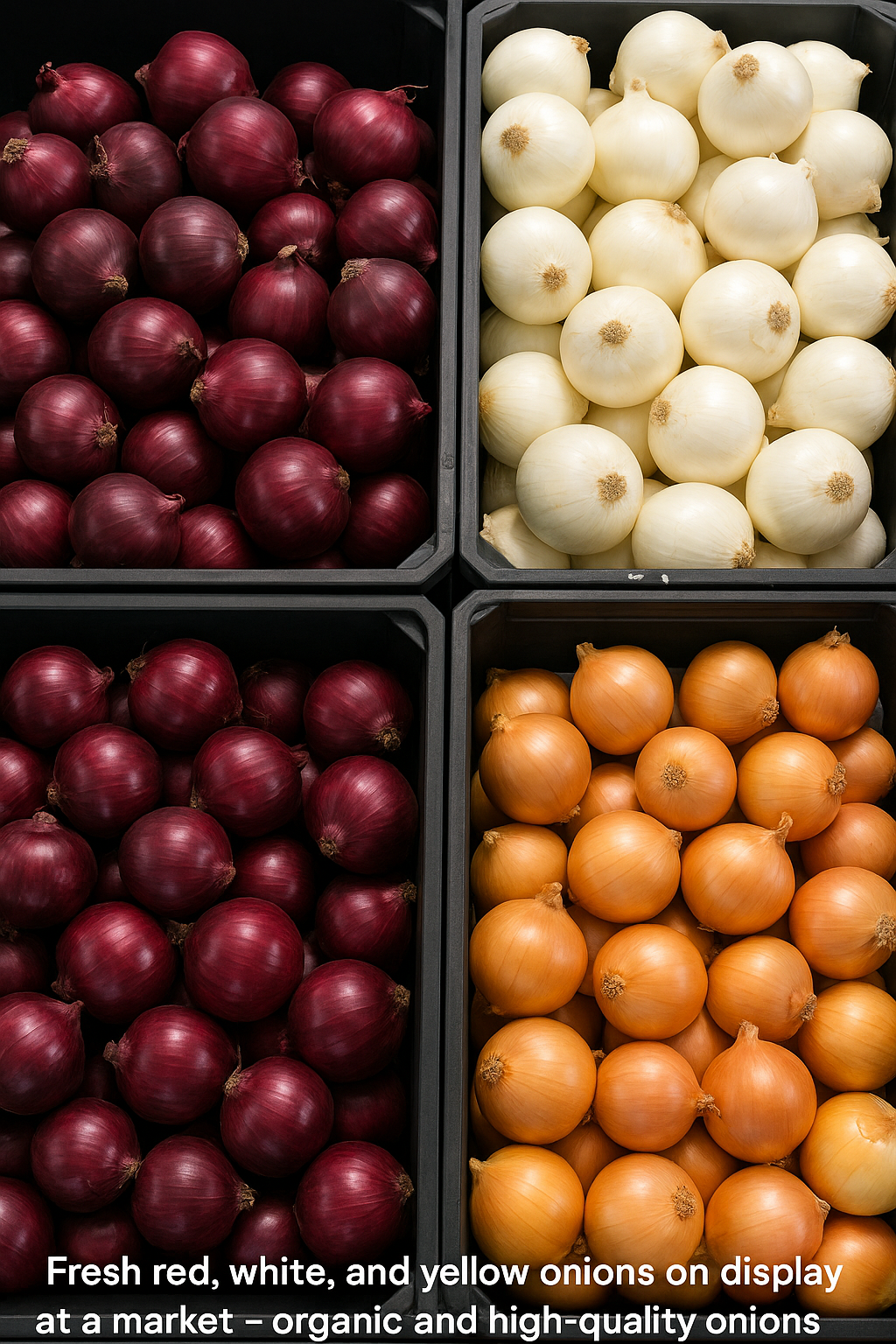
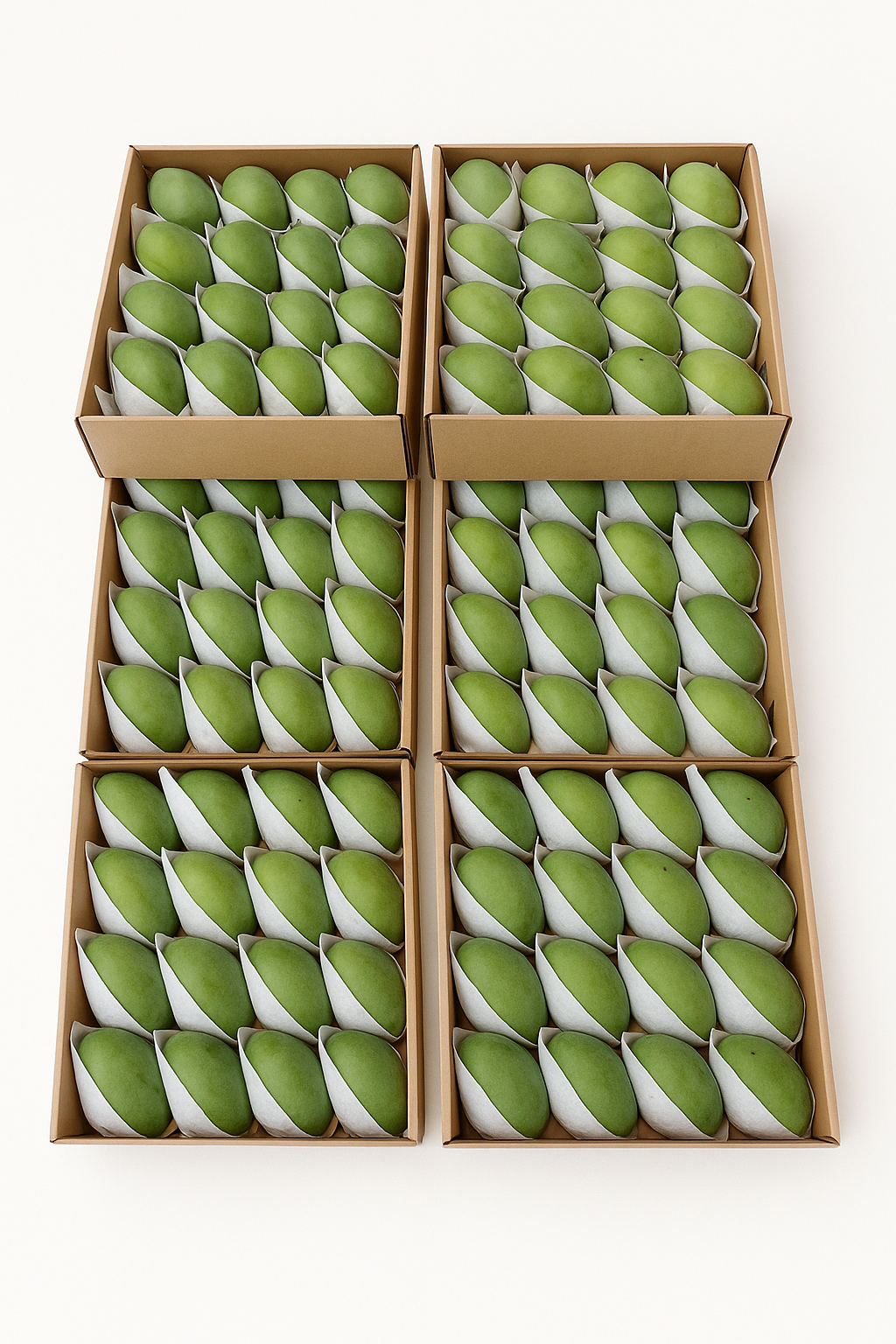
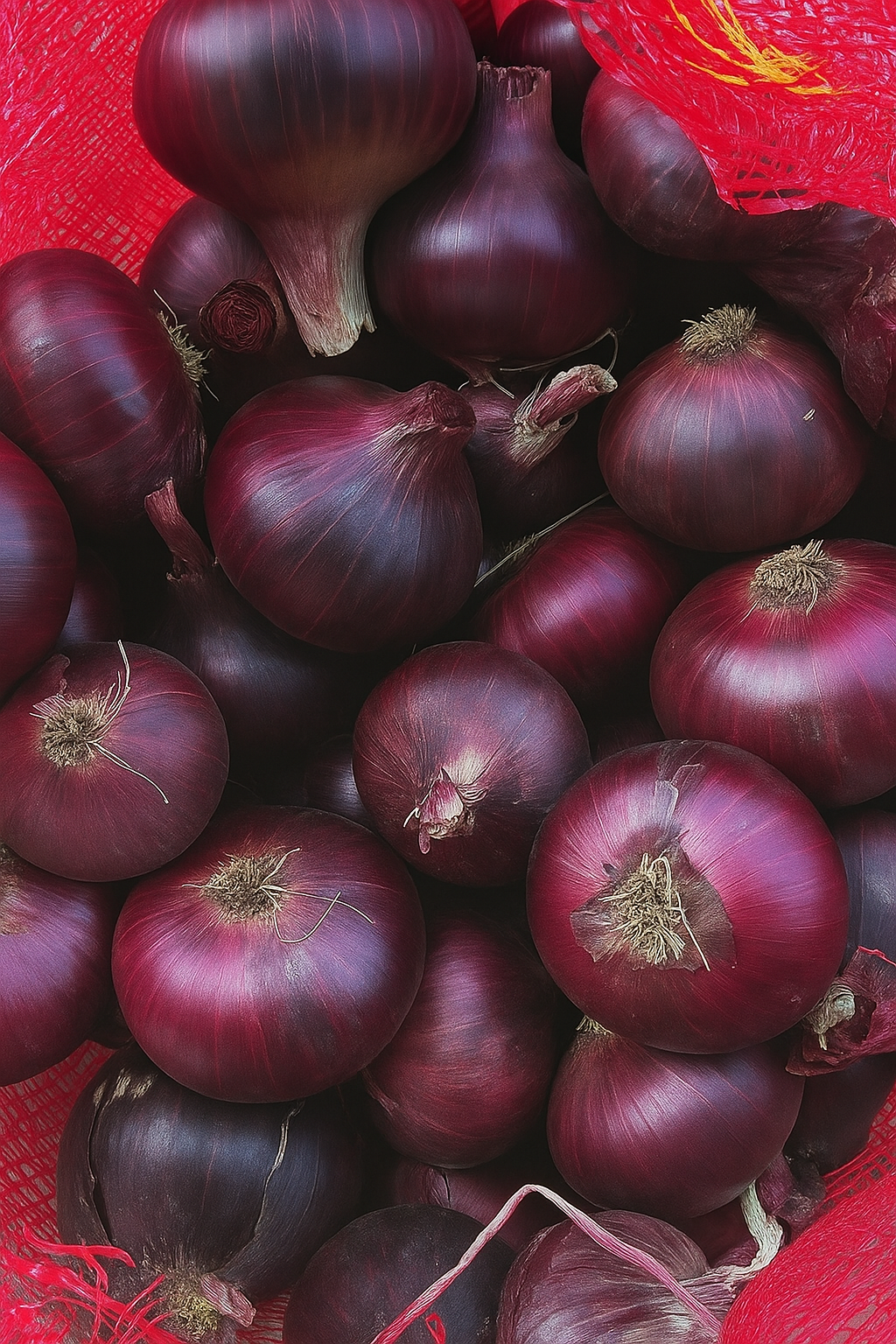
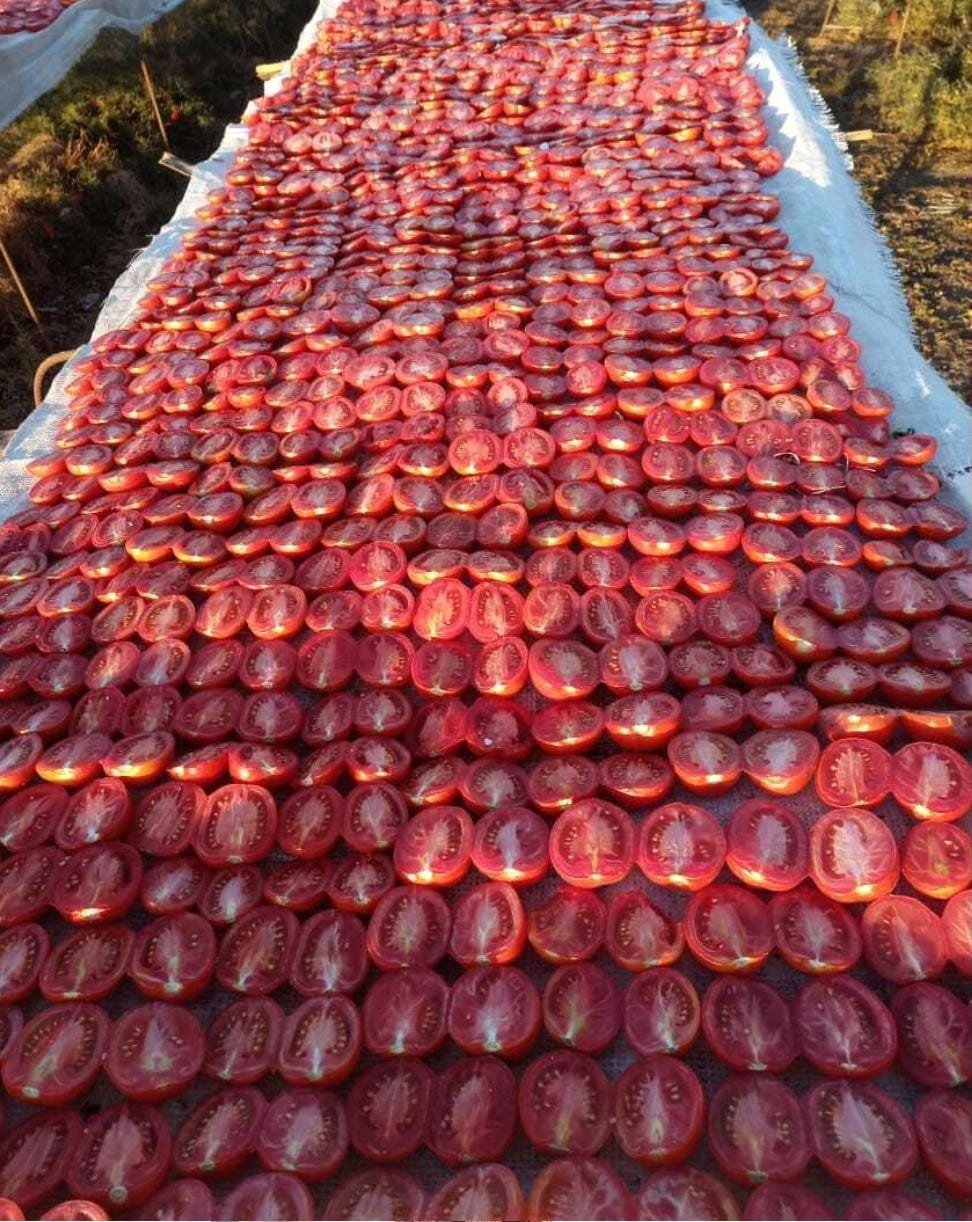
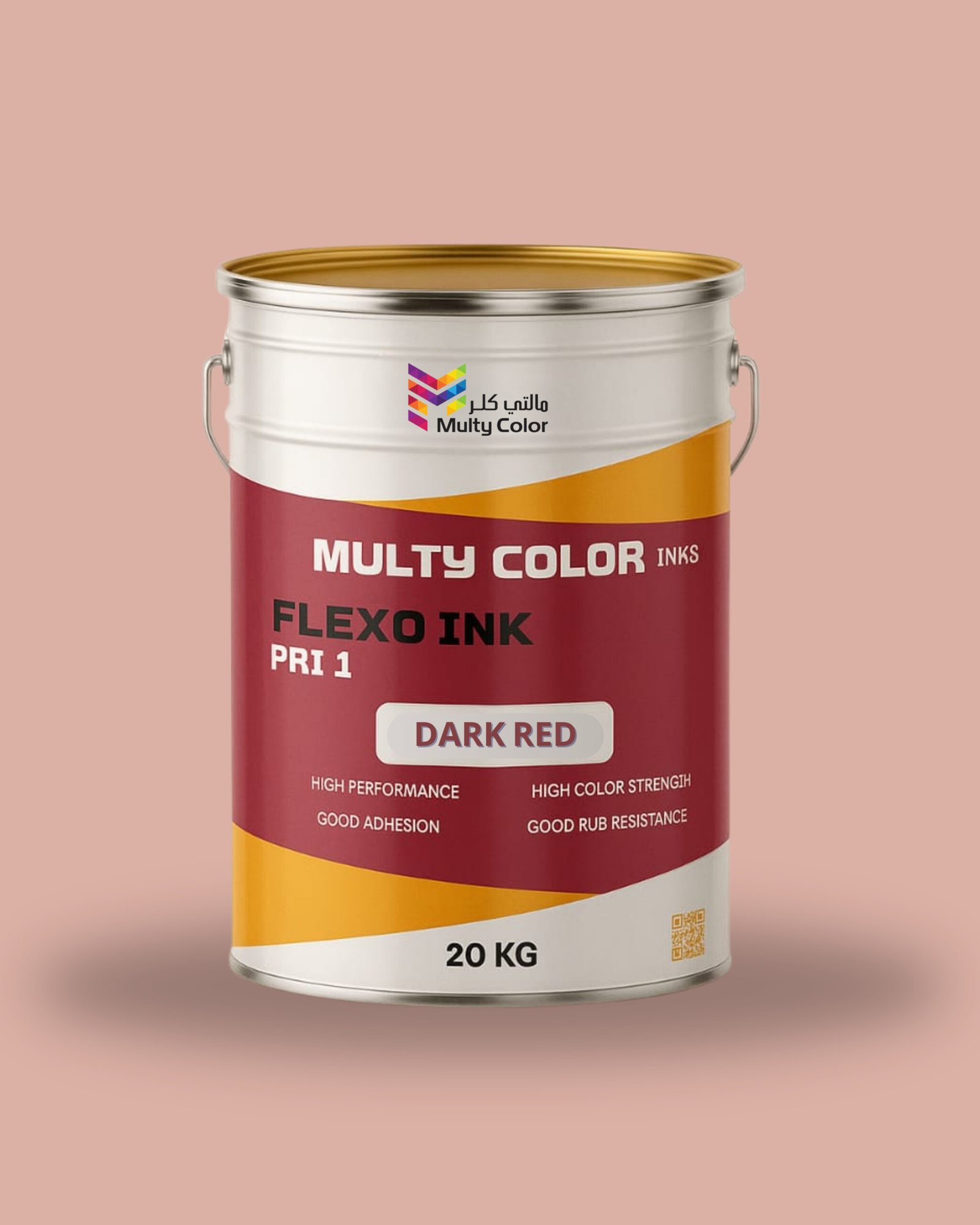
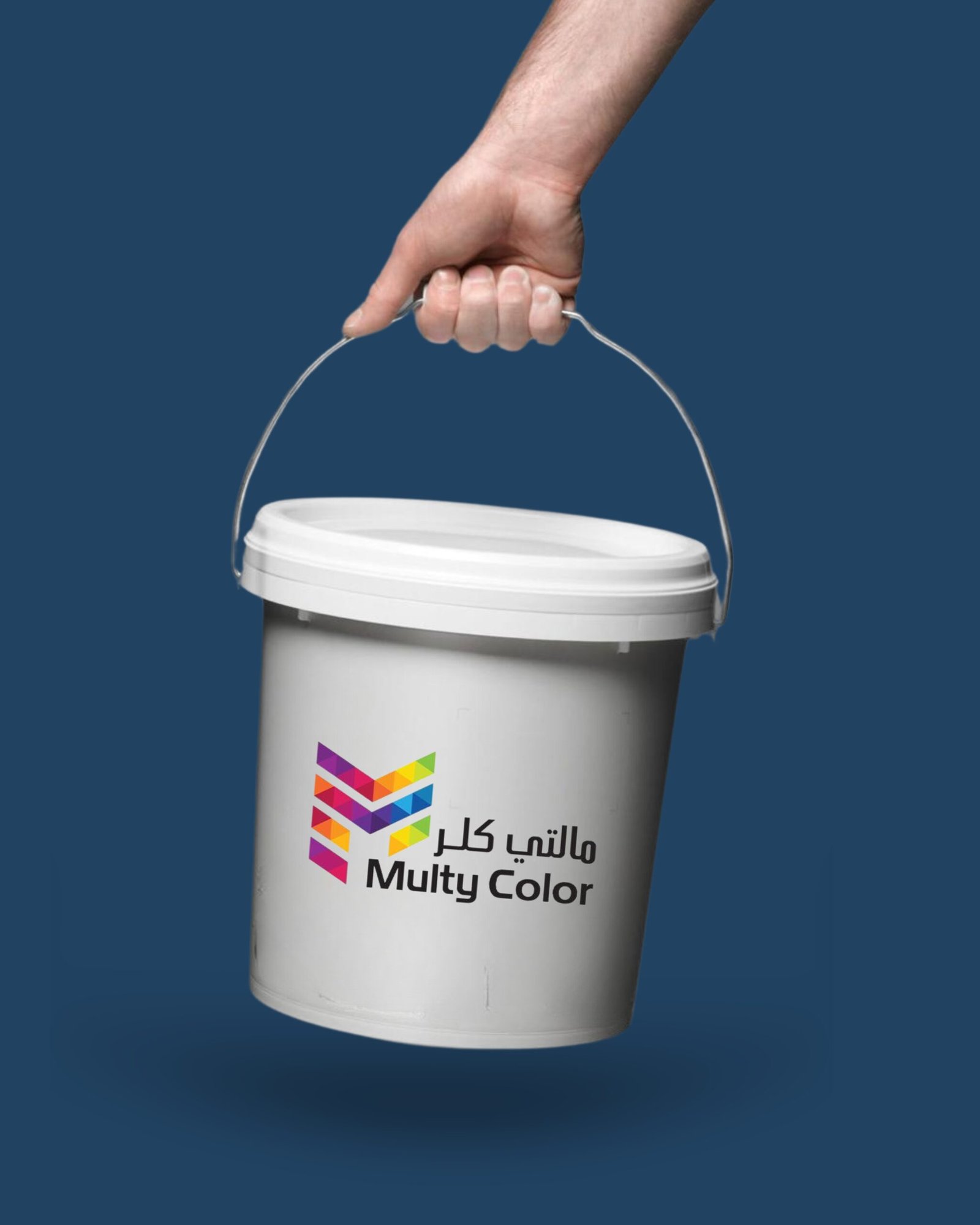


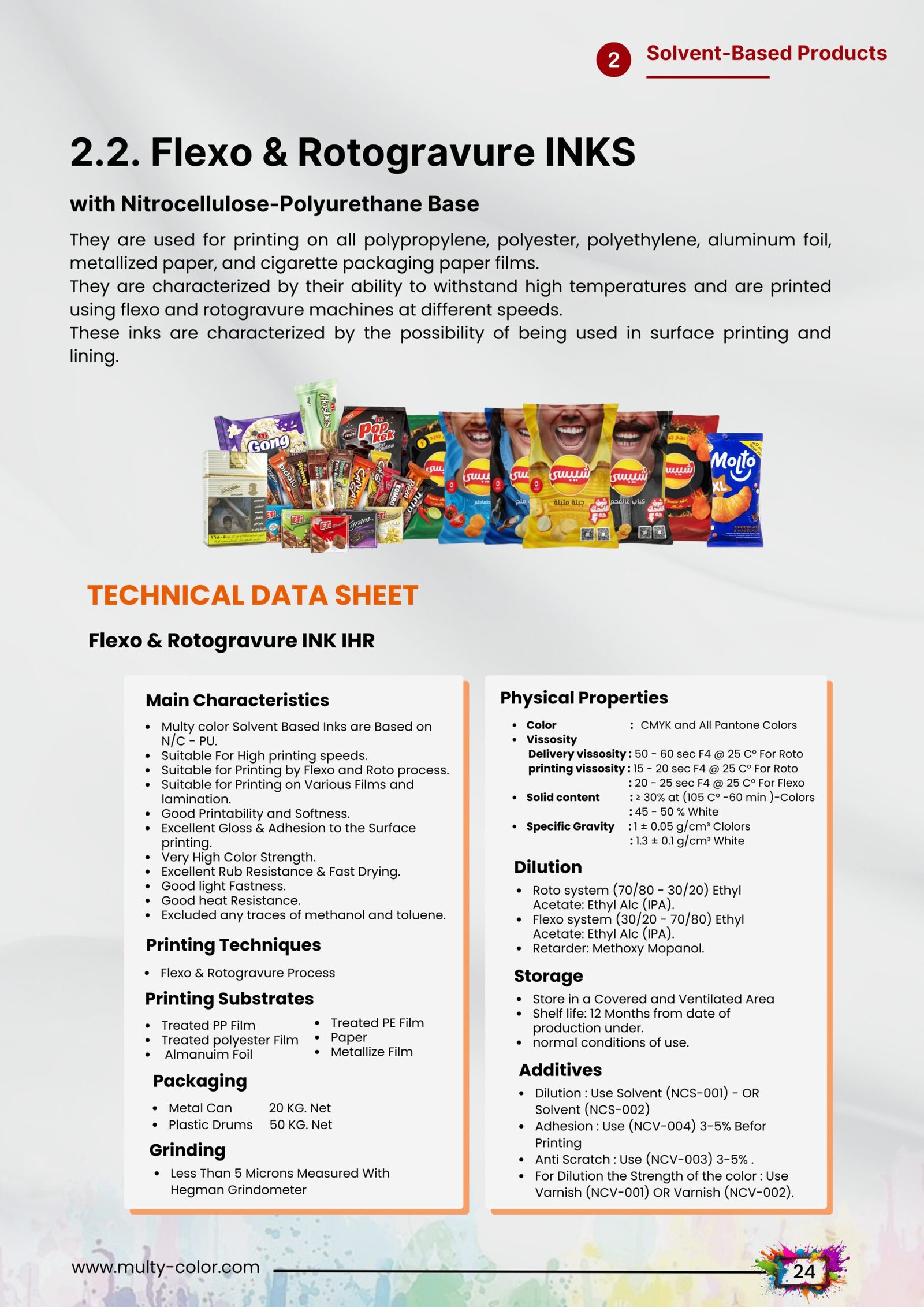




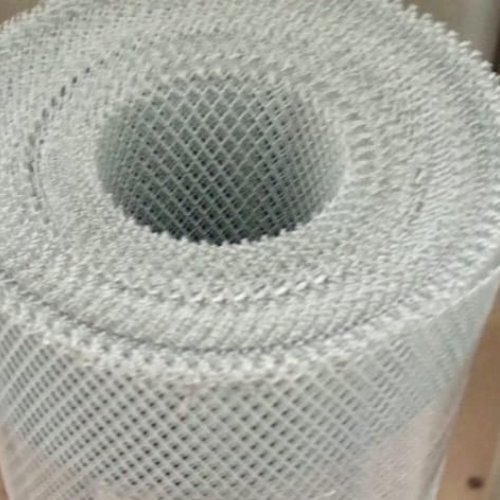
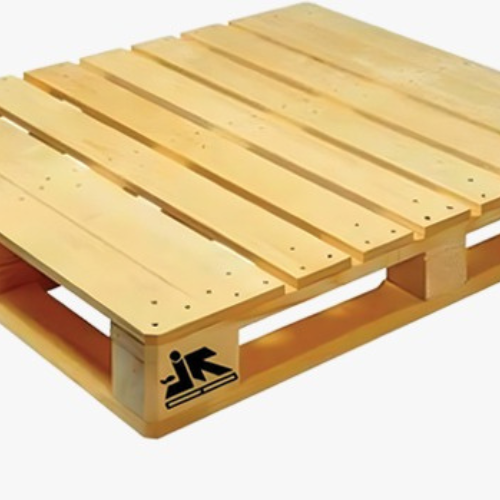
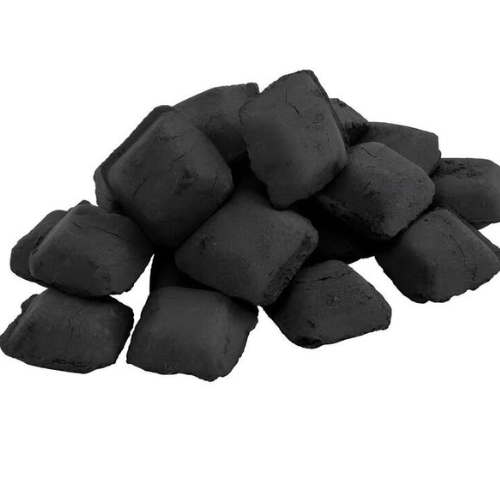

Reviews
There are no reviews yet.